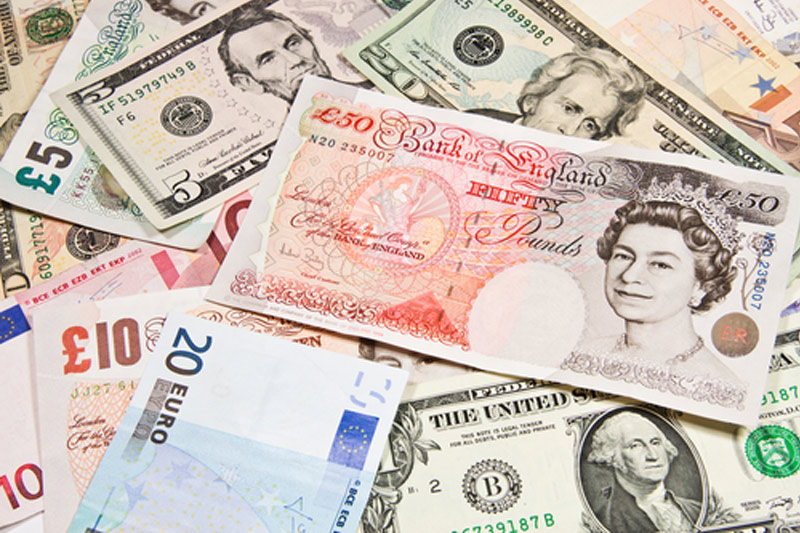By Geoffrey Smith
Investing.com -- The dollar opened the week higher on a fresh bout of global risk aversion as data showed the Chinese economy slowed by more than expected in the third quarter.
By 3 AM ET (0700 GMT), the dollar index that tracks the greenback against a basket of advanced economy currencies was up 0.2% at 94.15, with its biggest gains against commodity currencies such as the Aussie, and against the Korean won.
Figures out of Beijing indicated that gross domestic product growth slowed to only 4.9% in the quarter, thanks to a wave of Delta-variant Covid-19 that forced the country into its most aggressive lockdowns since early 2020.
People’s Bank of China Governor Yi Gang was reported as saying that the risks from the slowdown were controllable, but the numbers provoked fresh unease, with investors mindful of the ongoing credit crisis in the real estate sector, which accounts for a greater share of business investment than any other in the world’s second-largest economy.
Analysts at Nordea said in a note to clients that China remains well on track to meet its official growth target of 6% over the full year, helped by soft base effects and a strong first half to the year.
“However, the reasons behind the weak development are not expected to disappear any time soon and there are a lot of downside risks to the growth forecasts for 2022,” analyst Tuuli Koivu said.
By 3 AM ET, the dollar was at 6.4360 yuan, little changed from Friday’s close, in a continuation of a pattern that suggests the PBoC is allowing little or no flexibility in the exchange rate at a time of elevated uncertainty.
In Europe, the dollar’s strength stopped sterling from gaining markedly on the back of Bank of England Governor Andrew Bailey’s most hawkish comments yet on inflation.
Bailey told an audience of central bankers at the weekend that the rise in energy prices means that this year’s spike in inflation is likely to last for longer than expected, and that the Bank “will have to act” to keep inflation expectations under control. GBP/USD fell 0.1% to $1.3738, but the pound advanced against the euro to 1.1866, testing a 21-month high, as the comments cemented expectations of a first hike in the Bank's key rate before year-end.
The euro remained under pressure, as one of few major currencies where the central bank is still committed to not tightening monetary policy. By 3 AM ET, EUR/USD was at $1.1578, down 0.2% from Friday’s close.
China apart, it's a relatively quiet start to the week on the economic front, with only U.S. home price and industrial production of note.
